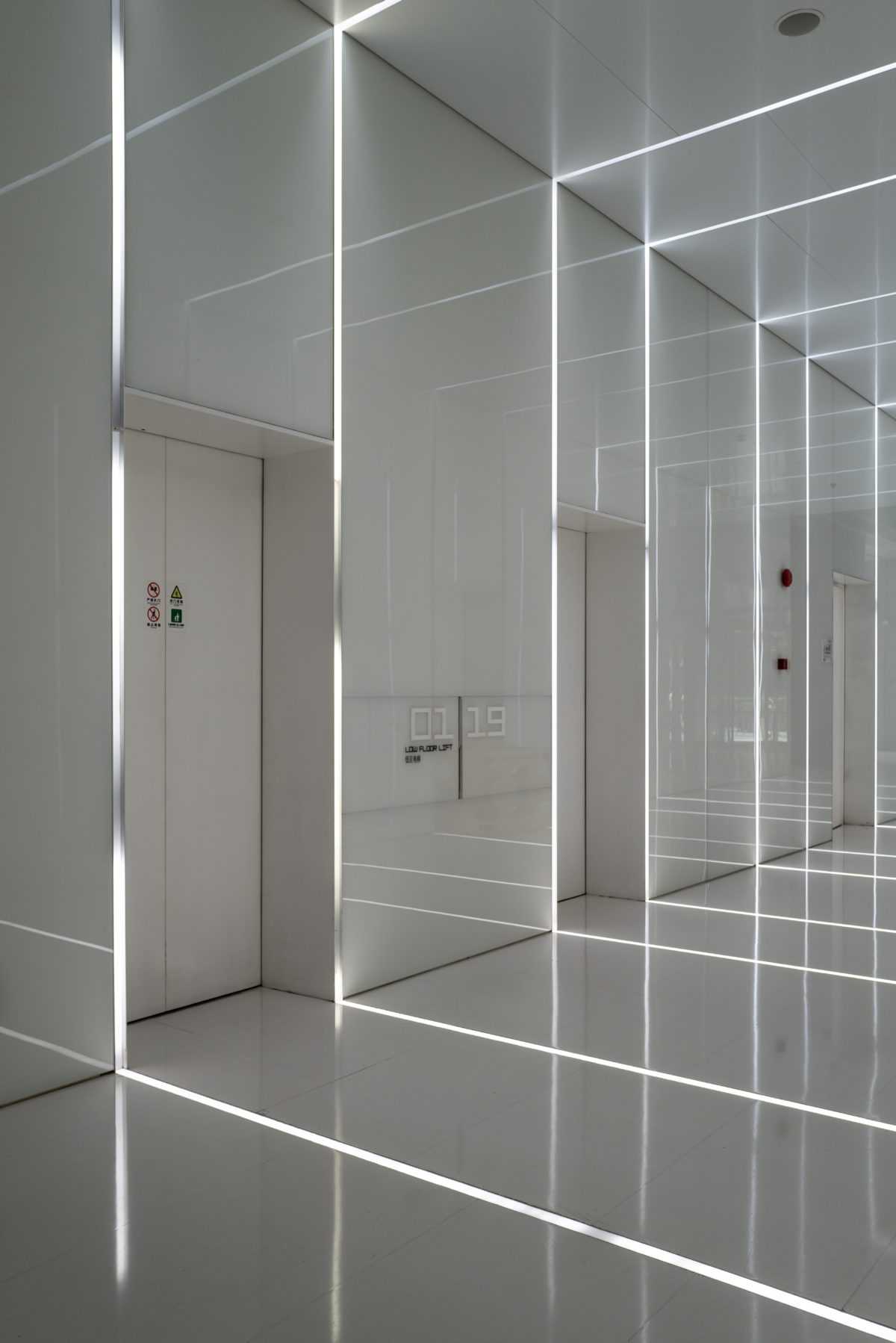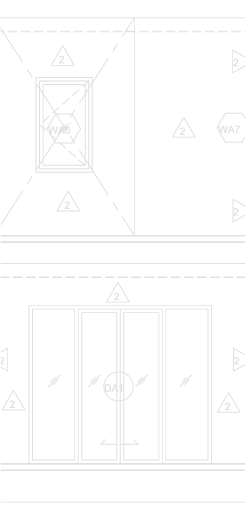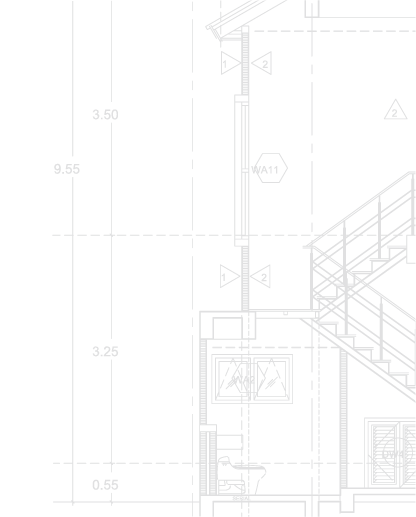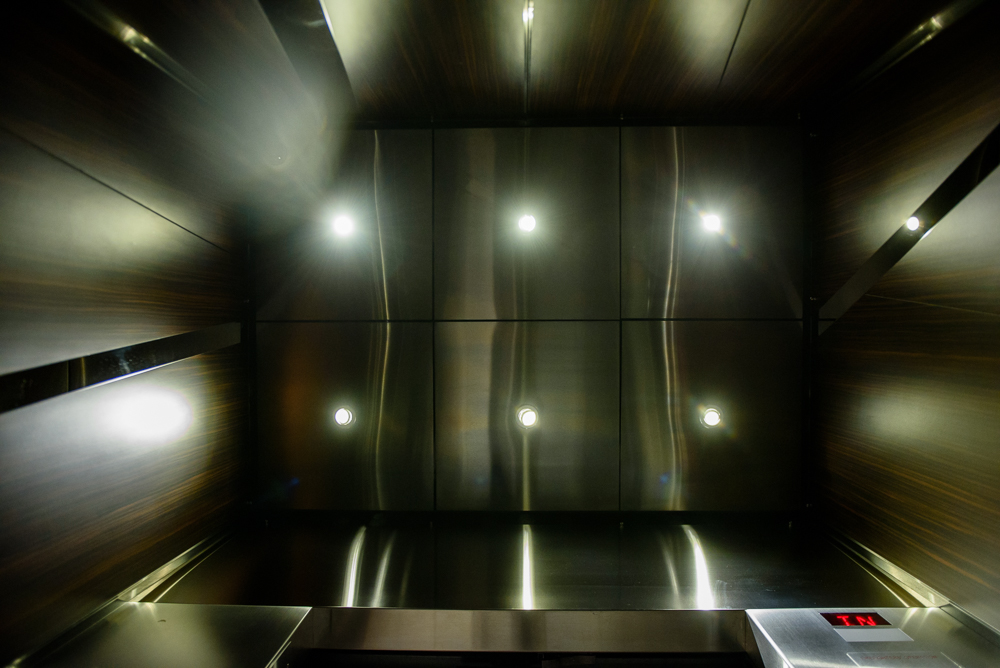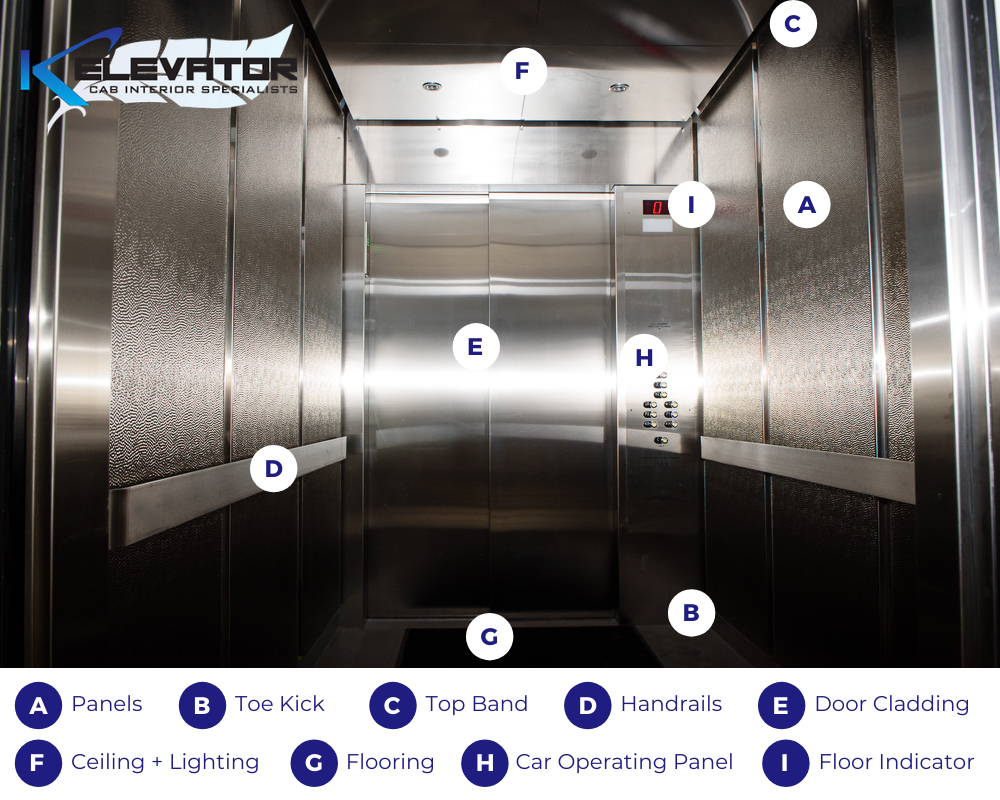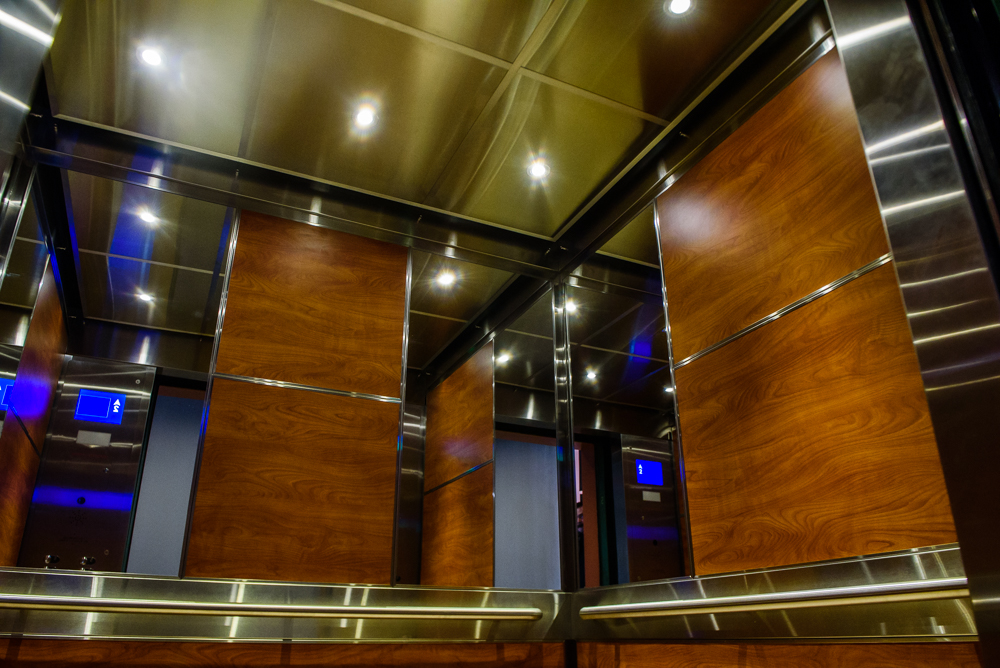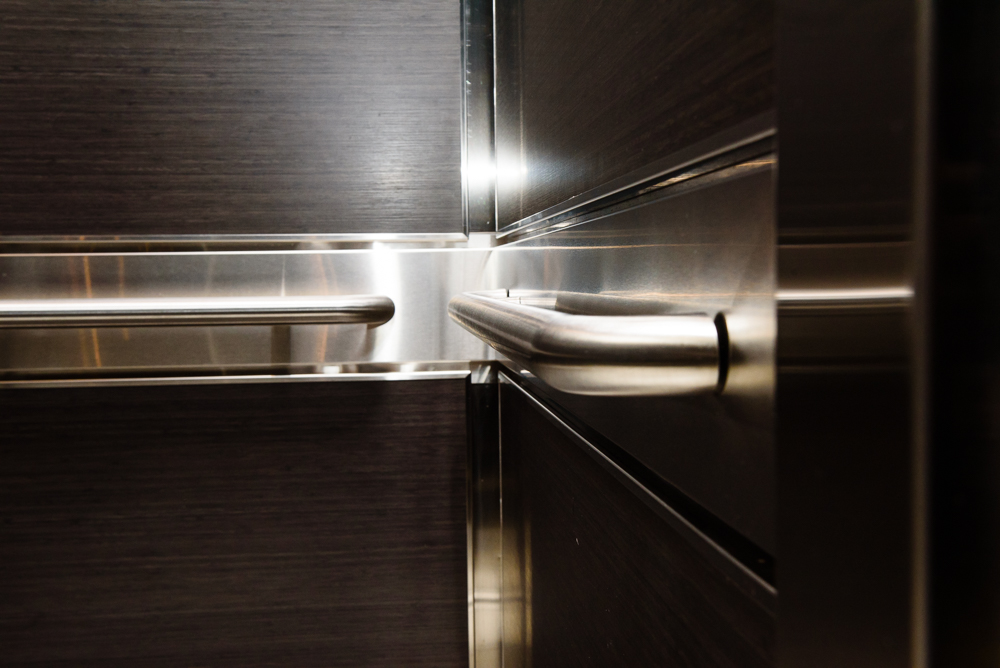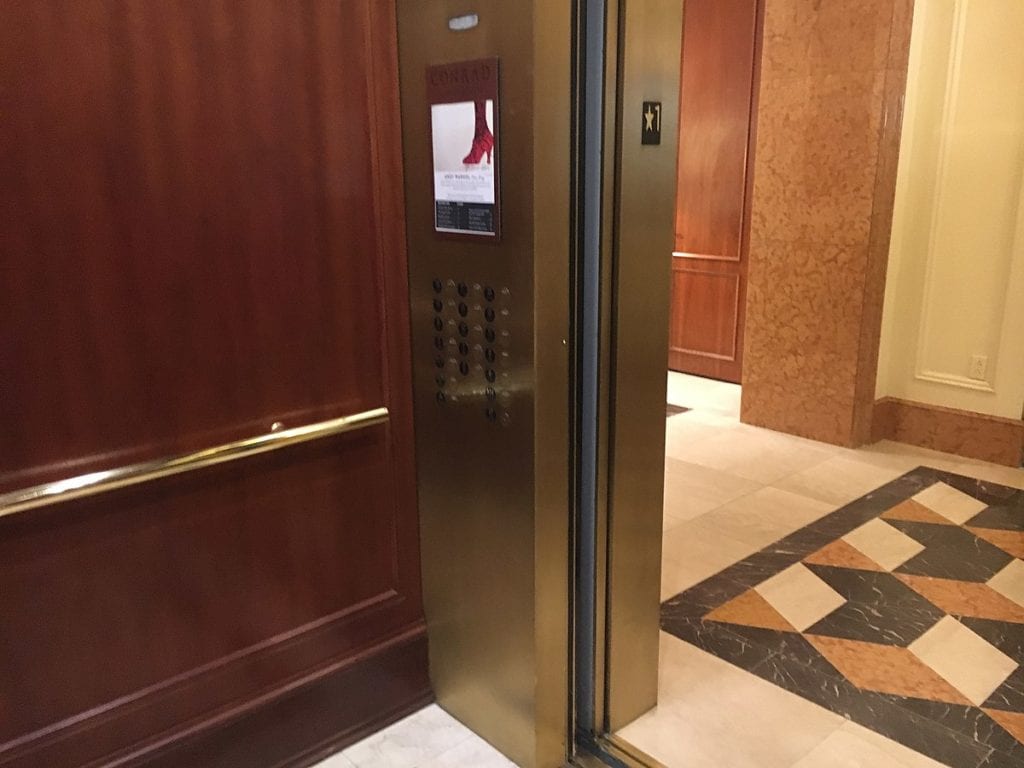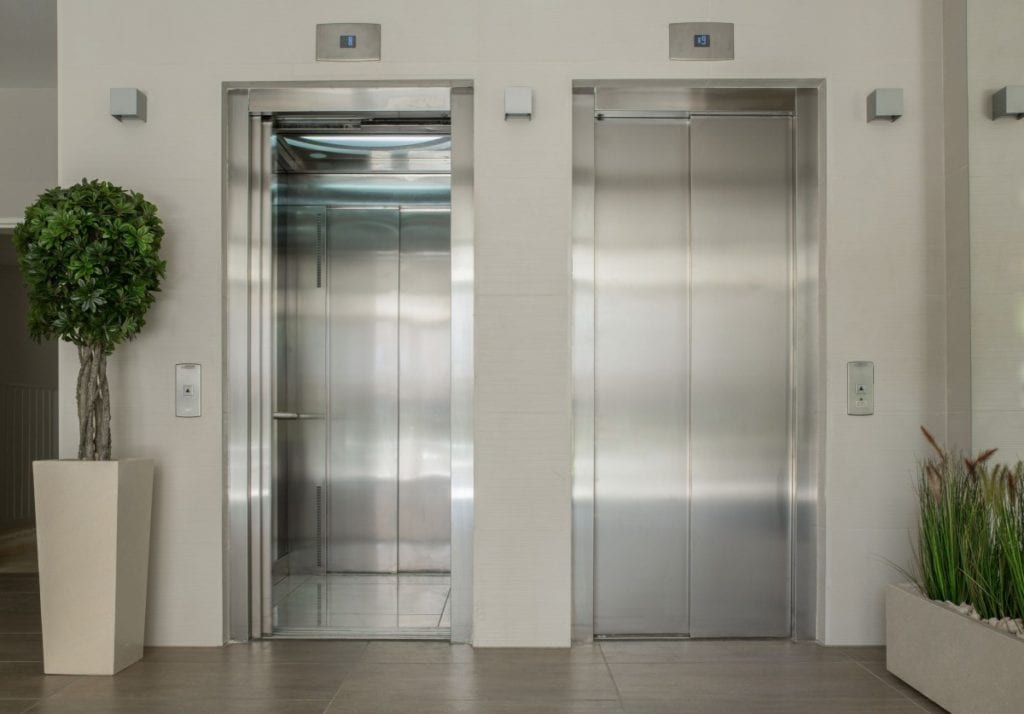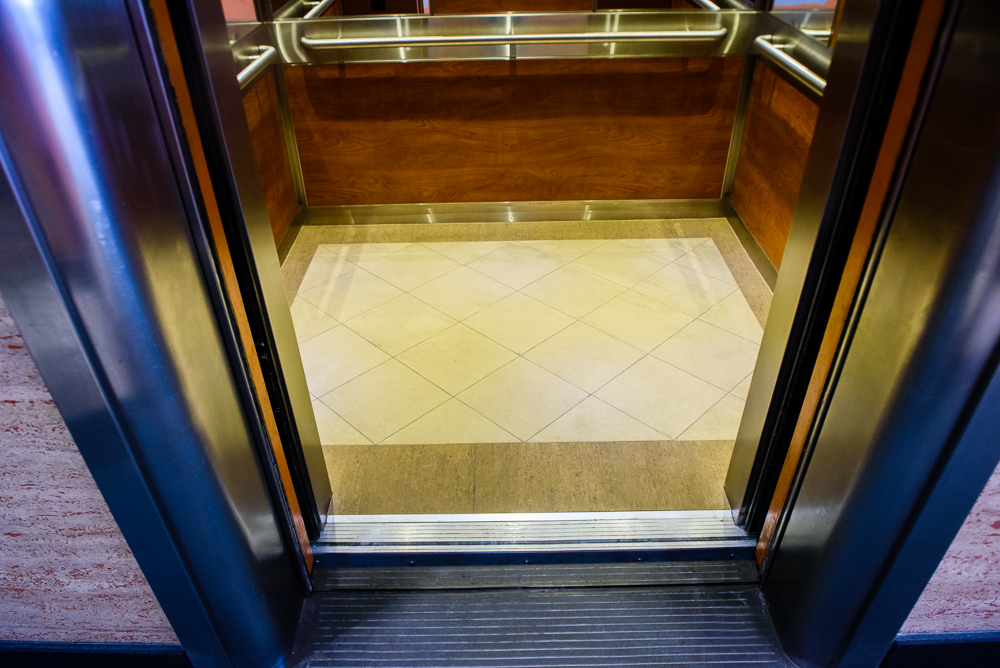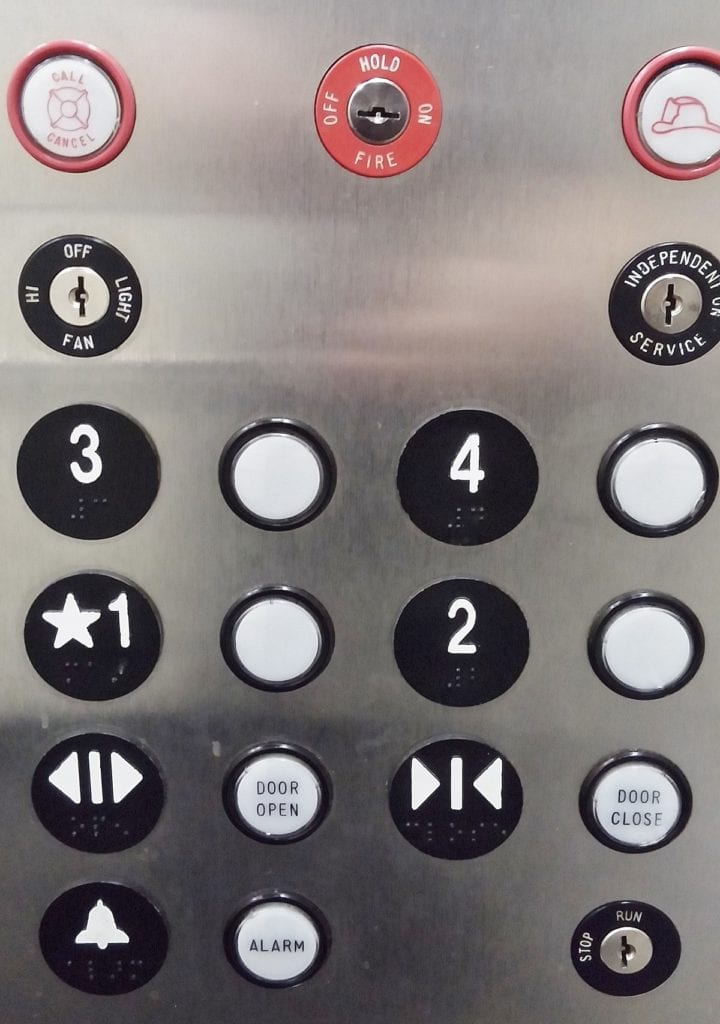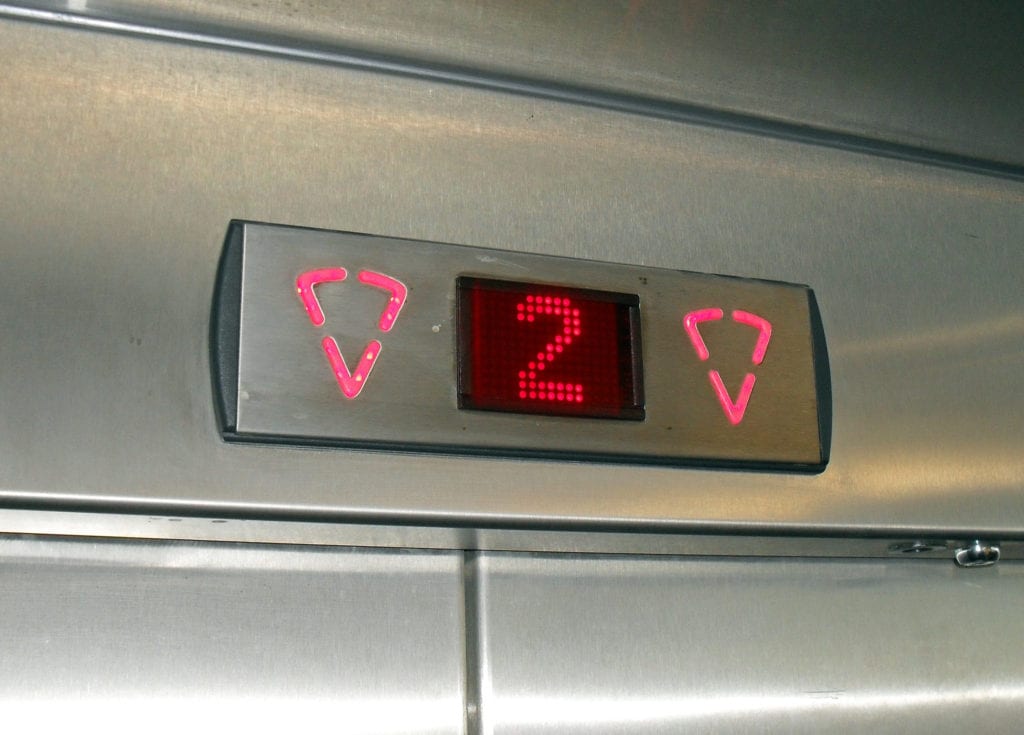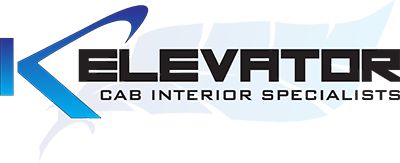Pay Attention to These 4 Things Before Choosing Your Elevator Cab Ceiling
There are many different elements that make up a complete elevator cab interior. While wall panels and door cladding are hot topics when it comes to elevator design, ceilings are just as important for designing a beautiful elevator cab. Not only are ceilings and lighting crucial for the safety of your passengers, they also can tie your whole design together for a polished, sophisticated cab interior.
Whether you’re remodeling your elevator cab or designing a new interior from scratch, here are 4 key things you need to keep in mind when choosing your elevator cab ceiling.
What to Consider When Choosing Your Elevator Cab Ceiling
1. Elevator Lighting Options
Lighting is arguably the most important element to think about when customizing your elevator cab ceiling. There are a number of lighting options to choose from, including tube light features and LEDs. Opting for standard lighting bulbs that you can easily find an affordable replacement for in the future will make ongoing cab maintenance easier.
Another thing to consider with your bulb selection is the warmth of the light. Do you want a soft white, or more of a daylight? How do you want your lighting to look in your elevator ceiling? Are you looking for any special effects? Whether you’re looking for standard LED pot lights or perimeter lighting to give that halo effect, your lighting is factored into the ceiling installation, so this is a decision you want to be sure about.
The warmth and directness of your lighting can also affect how the rest of the design looks, so you’ll want to know as early on in your design as possible. A warmer, more yellow light will give a calming effect, but it can make your brushed aluminum look bronze while making wood tones look very saturated. Colder, blue-hued lighting can do the opposite. Likewise, direct lighting where the bulbs are visible in their pots, can quickly oversaturate an area but perimeter lighting can make an otherwise dark-themed interior feel claustrophobic and small.
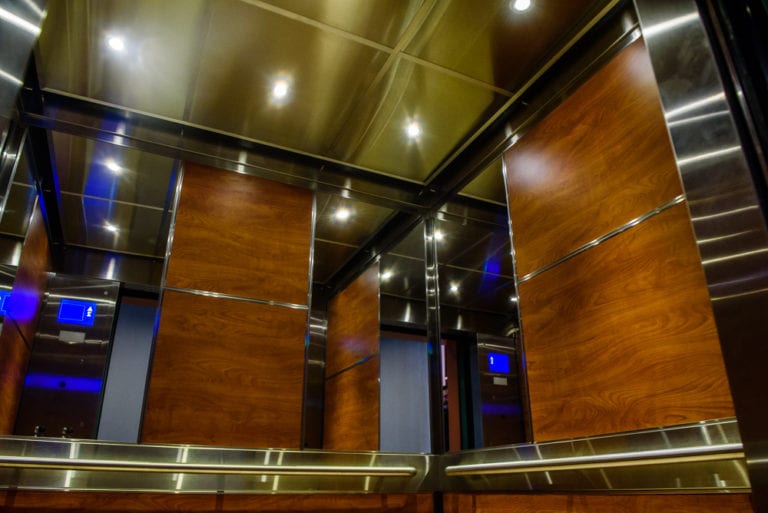
2. Your Elevator's Ceiling Panel and Frame Materials
When it comes to ceiling materials, you’ll have to decide whether you want an aluminum frame or to go frameless. You’ll also have the option of choosing the material for the ceiling panels themselves, which could be stainless steel or Lexan. When choosing a material, keep in mind where your elevator will be used and whether the material needs to be more heavy-duty in cases like service elevators.
3. Finishes for Your Elevator's Ceiling Panels
Choosing a finish for your elevator panels, including the ceilings, is probably the most exciting part of your elevator design process. Whatever aesthetic you’re going for, there are dozens of finishes to choose from. You might look for a ceiling finish that matches your cab wall panels, or simply something to complement your elevator accessories. Brushed stainless steel is the most popular choice, but you can also explore patterned, coloured or mirrored stainless steel finishes for a unique look and feel.
When choosing your elevator’s ceiling finish, take into consideration what kind of lighting you are using, the colours or patterns on the walls, and whether your choice will improve the feeling your passengers will get. There’s a fine line between making a ride feel cozy and making it feel cramped; or running the risk of your elevator going from comfortable to cavernous.
Are you unsure about which finish might look the best for your interior panels? Look no further than our Cab Design Studio to help you visualize your perfect elevator cab interior.
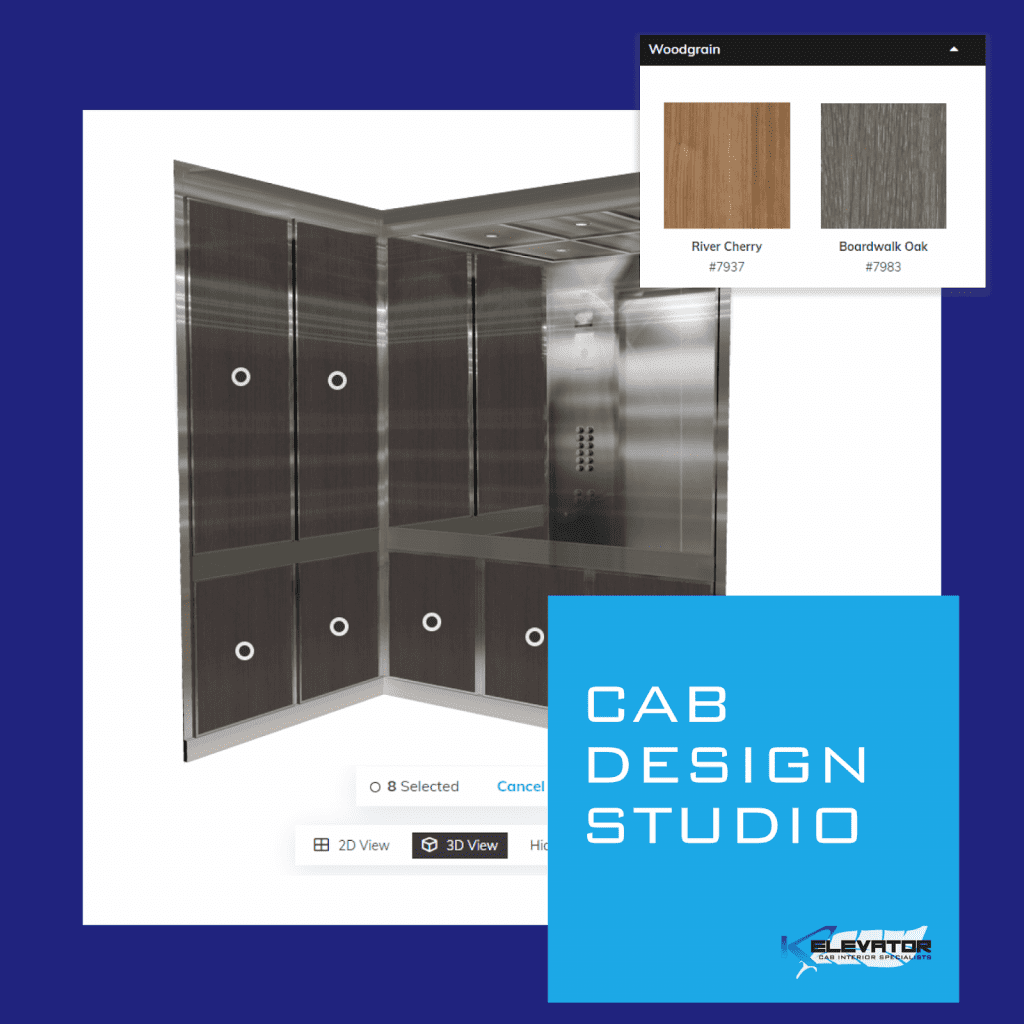
4. Elevator Cab Interior Packages
At the end of the day, sometimes you don’t want to think too hard about creating a custom design for your elevator ceiling and all the other components of your cab. Many elevator cab interior companies like K-Elevator offer packages where you can make a selection from standard elevator interior ceilings that fit most scenarios. Consulting an expert in the field right away and asking about existing packages may be the best option for those who want a high-quality design without investing too much time and effort in tailoring every single aspect.
For a full selection of K-Elevator’s elevator cab interior packages, check out our brochure.
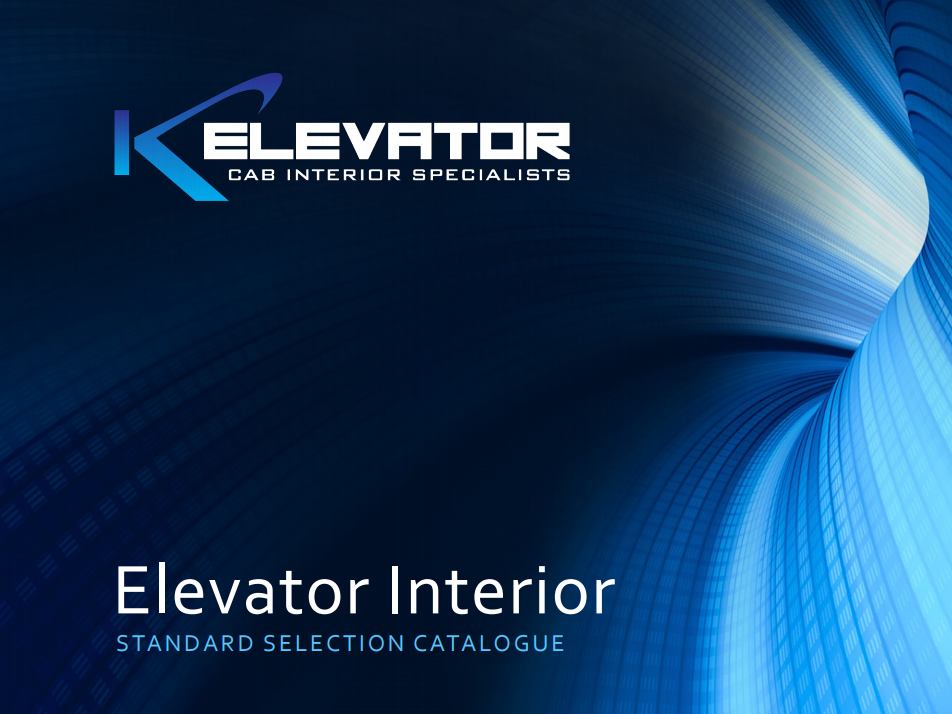
Choosing Cab Ceilings That Elevate Your Design
When it comes to finding the perfect elevator cab ceiling, it might not be as difficult as it may feel at first glance. Once you set your expectations for lighting, material and budget, and decide whether you want a standard design or a custom design, the rest will come easy.
The experts at K-Elevator are ready to answer any questions you may have about what features you might need to look for in your elevator cab ceiling based on your situation. Are you looking for a new elevator cab interior? Do not hesitate to contact us today.

